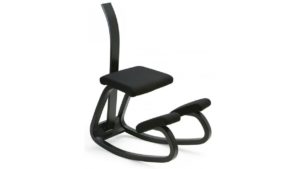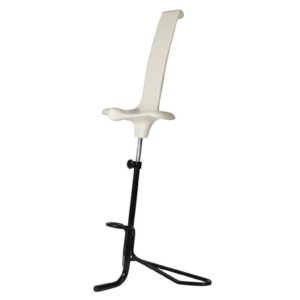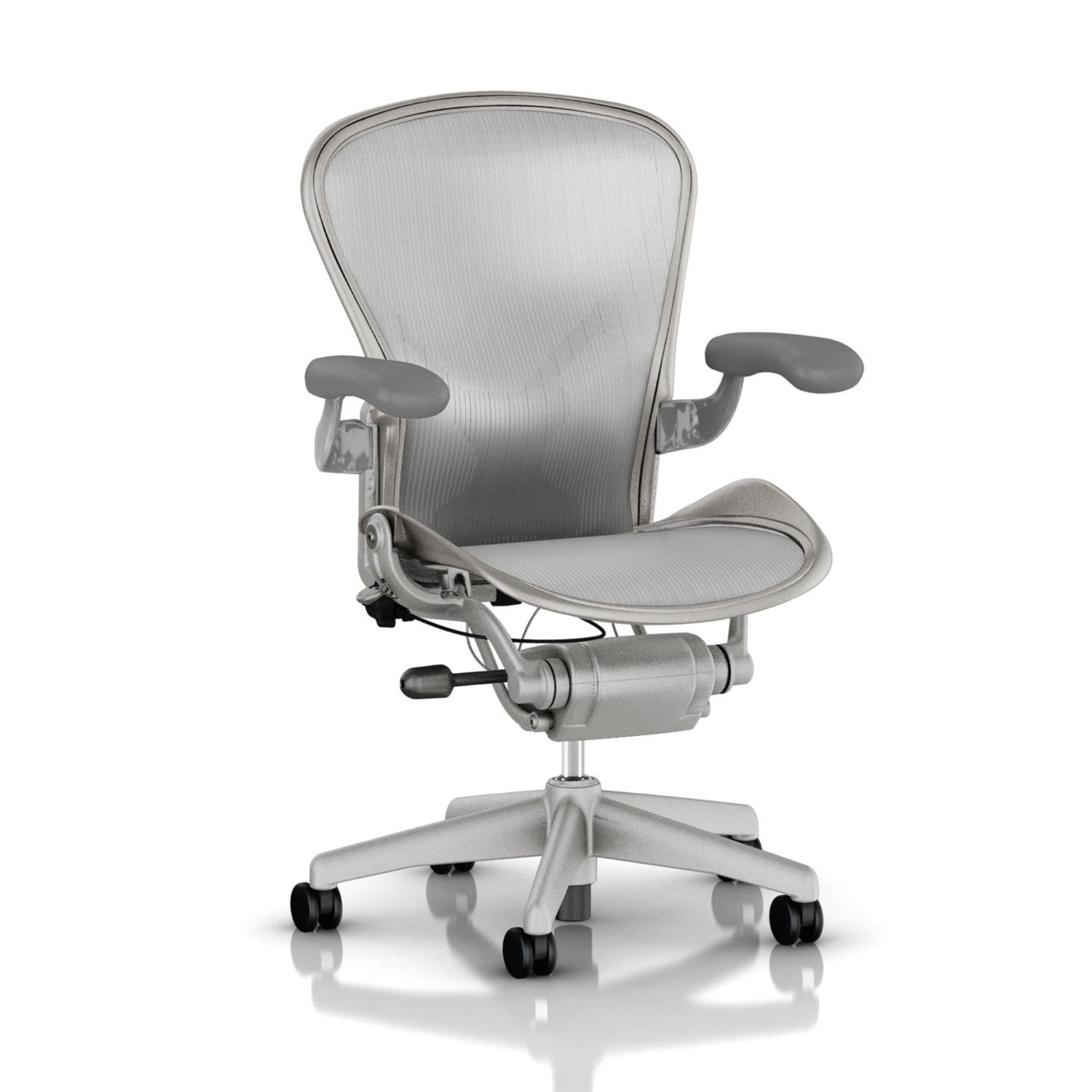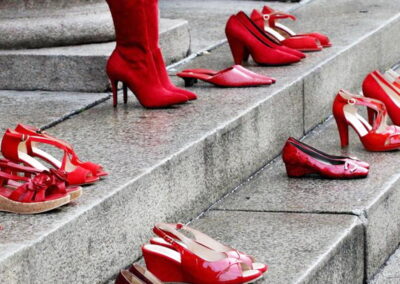While companies get ready for smart working, the evolution of office chairs tells how our work habits have changed.
We are used to hear this. We need to be agile, smart, innovative, and creative to stay competitive. Businesses launch new collaboration models and, pushed to enable a better work-life balance, trial smart working with more or less enthusiasm. Eurostat reports small but growing figures: home or remote workers aged 15 – 64 are about 5% of all employed people in Europe. The Netherlands (13,7%), Luxemburg (12,7%) and Finland (12,3%) rank first, Italy is stuck at 3,5%.
As companies adapt their organizations and technologies to allow people to be productive even away from office, the other big change is about workspace layout. Individual rooms, once assigned upon role or hierarchy, are definitely out, but huge, undifferentiated open spaces are being questioned as well. Contemporary offices have modular desks, dynamic meeting rooms, relax areas to informally meet a client or call for a quick team meeting.
Looking at office chairs over the years, we can immediately understand what happened. Let’s go back to early 20th century for a while. Frank Lloyd Wright designed this metal, rigid seat (pictured below, on the left) for the employees of a US soap manufacturer. Absolutely terrible for our standards, but a real innovation for a time when chairs were embedded into desks and couldn’t be removed from tables.
In the 1950s, when ergonomics started to be applied to work environments, we had objects such as Ea 177 by Charles Eames (center picture) which inspired popular Silver by Vico Magistretti (right picture) some decades later.

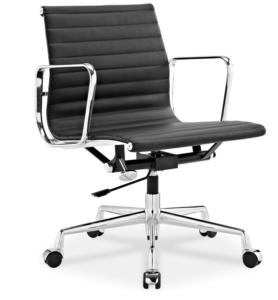
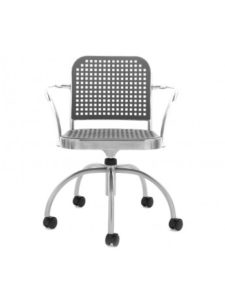
Companies learned a comfortable and adjustable seat helps employees safeguard their back and health, facilitates concentration and thus improves productivity. In the 1990s, with the Aeron (main picture, on the left), still manufactured by Herman Miller, we had the best possible solution in terms of flexibility and individual customization. This was the most loved by many managers, embarassed by leather armchairs once restricted to top executives, and more likely to use light, technological models to transmit their new leadership style.
Meanwhile we have home offices, where there’s a little space and a PC is all we need to work: let’s seat on ergonomic and design chairs such as Variér’s (pictured below, on the left). What about tomorrow? In collaborative open offices, where we spend such a short time at our desks, we might have something like Appoggio by Claudio Salocci (right picture).
